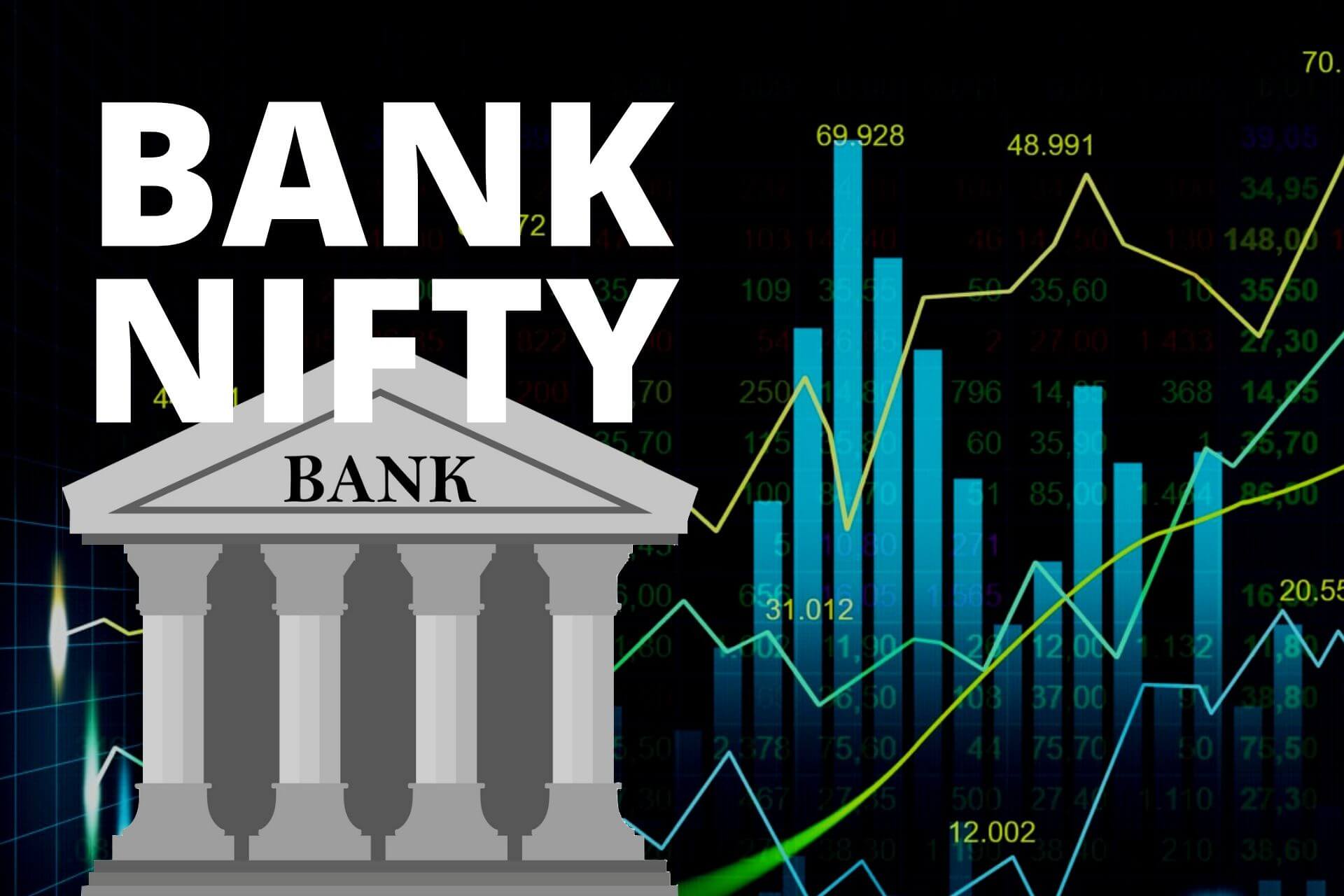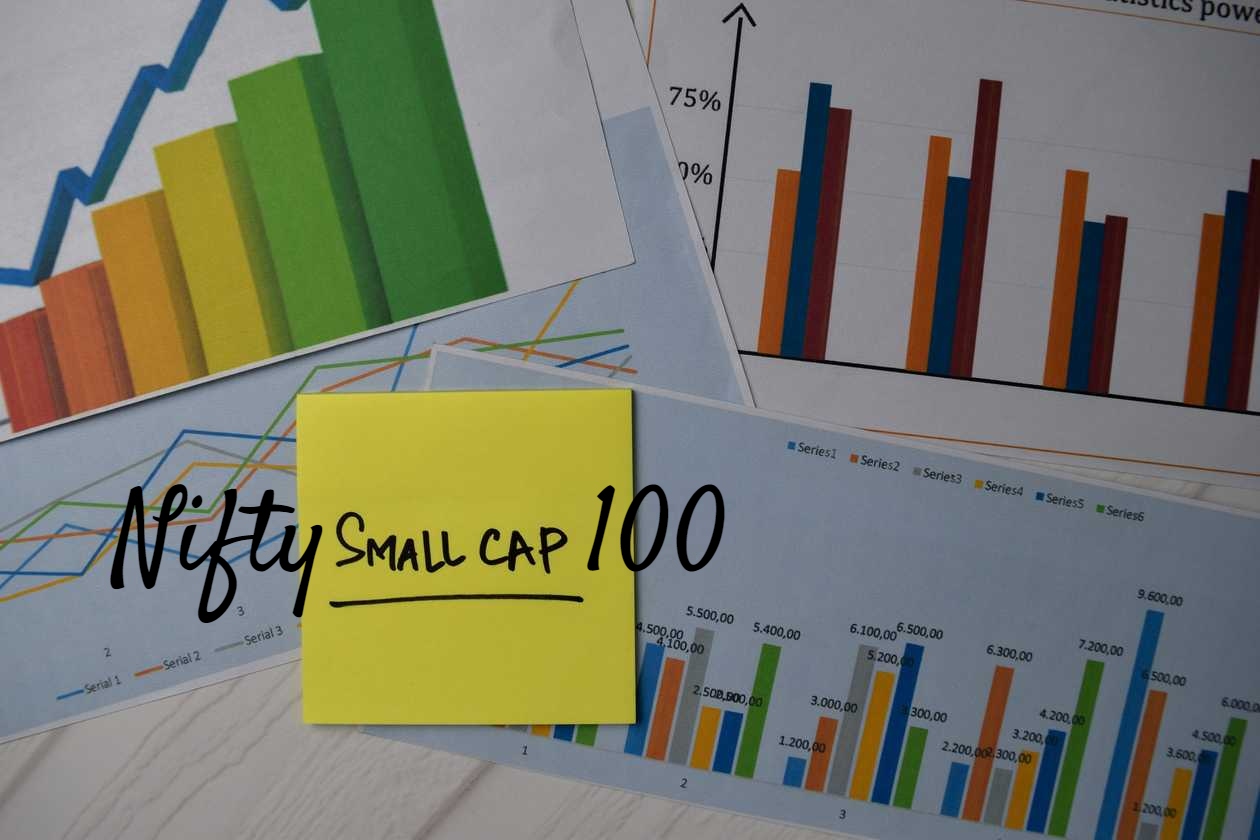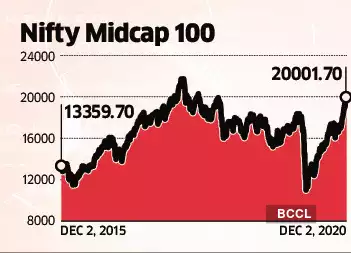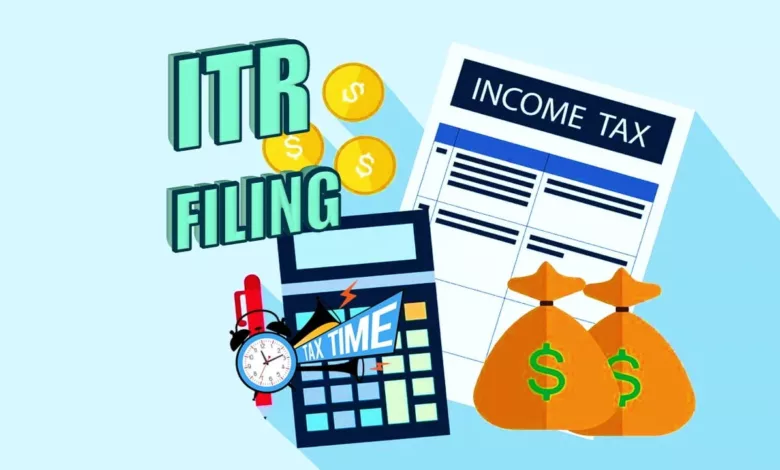What is Bank Nifty
The NIFTY Bank Index comprises of the most liquid and large Indian Banking stocks. It provides investors and market intermediaries a benchmark that captures the capital market performance of the Indian banks. The Index comprises of maximum 12 companies listed on the National Stock Exchange of India (NSE). NIFTY Bank Index is computed using the free float market capitalization method. NIFTY Bank Index can be used for a variety of purposes such as benchmarking fund portfolios, launching of index funds, ETFs and structured products.
Bank Nifty Stocks List and its Weightage (1st October 2023)
Sl No. | Bank Name | NSE Symbol | Ownership | Weightage |
1 | HDFC Bank Ltd. | HDFCBANK | Private | 29.01% |
2 | ICICI Bank Ltd. | ICICIBANK | Private | 23.14% |
3 | Axis Bank Ltd. | AXISBANK | Private | 9.98% |
4 | State Bank of India | SBIN | Government | 9.83% |
5 | Kotak Mahindra Bank | KOTAKBANK | Private | 9.61% |
6 | IndusInd Bank Ltd. | INDUSINDBK | Private | 6.25% |
7 | Bank of Baroda | BANKBARODA | Private | 2.67% |
8 | Federal Bank Ltd. | FEDERALBNK | Private | 2.32% |
9 | AU Small Finance Bank | AUBANK | Private | 2.30% |
10 | IDFC First Bank Ltd. | IDFCFIRSTB | Private | 2.02% |
11 | Punjab National Bank | PNB | PSU | 1.60% |
12 | Bandhan Bank Ltd. | BANDHANBNK | Private | 1.25% |
Top 5 Nifty Bank Stocks in India
State Bank of India
State Bank of India is the biggest bank in India because of its revenue size and customer base. As you all know sbi is a government bank which has established in the year of 1955. SBI is the 49th largest bank in the whole world by total assets size. It alone holds 25% share of loans and deposits in India and also holds 23% market share of asset size.
HDFC Bank
HDFC bank is the biggest private bank in the whole Indian Banking sector in terms of revenue and in terms of market capitalization. It was incorporated in the year of 1994 by the housing finance corporation of India which is a foreign entity registered in India this means bank's whole controlling stake is held with foreign entities.
ICICI Bank
ICICI bank is the second biggest private bank in the whole of India in terms of revenue and in terms of market capitalization. It was founded in the year of 1994 as the Industrial Credit and Investment Corporation of India. It is also a foreign controlled Indian bank just like HDFC bank.
Axis Bank
Axis bank is one of the biggest banks in India. Earlier it was known as UTI Bank. It is also controlled by foreign entities because the majority of the stake is held with FIIs and FDIs just like ICICI and HDFC banks.
Kotak Bank
Kotak Bank was founded by Mr Uday Kotak in the year of 1985 as Kotak Capital Management Finance and later it was renamed as Kotak Mahindra bank because of Investment from Anand Mahindra and his son Harish Mahindra. Currently, its significant shareholding is held with foreign investors along with its promoters and public entities such as Mutual Fund Agency and LIC. It is one of the biggest banks in the whole banking sector of India.
How to Invest in Bank Nifty
If you want to invest in Bank Nifty then you have two ways to invest. The first way to invest in bank nifty is directly investing money in banking stocks according to index weightage or by buying bank nifty future contracts in the market. Investing in a bank nifty mutual fund or ETF is the second way.
Best Bank Nifty ETFs and Best Bank Nifty Mutual Funds
In India there are many mutual funds and ETFs available which represent bank nifty investment. We have shorlisted some of them on the basis of aum size, exp ratio and AMC reputation. Below is the list of best etfs and mutual funds for your investment.
1) SBI Nifty Bank ETF
2) UTI Nifty Bank ETF
3) ICICI Prudential Nifty Bank ETF
4) Nippon India ETF Nifty Bees
5) ICICI Prudential Nifty Bank Index Fund
6) Motilal Oswal Nifty Bank Index Fund
Bank Nifty Stocks Selection Criteria
Eligibility Criteria for Selection of Constituent Stocks
i. Companies should form part of NIFTY 500 at the time of review. In case, the number of eligible stocks representing a particular sector within NIFTY 500 falls below 10, then the deficit number of stocks shall be selected from the universe of stocks ranked within the top 800 based on both average daily turnover and average daily full market capitalisation based on previous six months period data used for index rebalancing of NIFTY 500.
ii. Companies should form a part of the Banking sector.
iii. The company's trading frequency should be at least 90% in the last six months.
iv. The company should have a listing history of 6 months. A company which comes out with an IPO will be eligible for inclusion in the index, if it fulfills the normal eligibility criteria for the index for a 3 month period instead of a 6 month period.
v. Companies that are allowed to trade in F&O segment are only eligible to be constituent of the index.
vi. Final selection of 12 companies shall be done based on the free-float market capitalization of the companies.
vii. Weightage of each stock in the index is calculated based on its free-float market capitalization such that no single stock shall be more than 33% and weightage of top 3 stocks cumulatively shall not be more than 62% at the time of rebalancing.
Index Re-Balancing
Index is re-balanced on semi-annual basis. The cut-off date is January 31 and July 31 of each year, i.e. For semi-annual review of indices, average data for six months ending the cut-off date is considered. Four weeks prior notice is given to market from the date of change.
Index Governance
A professional team manages all NSE indices. There is a three-tier governance structure comprising the Board of Directors of NSE Indices Limited, the Index Advisory Committee (Equity) and the Index Maintenance Sub-Committee.













